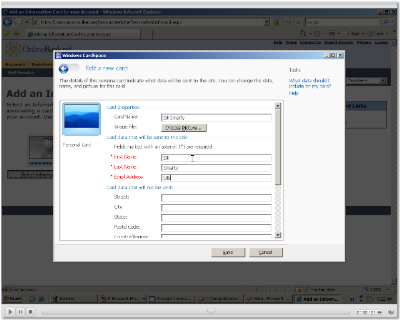Arusha Tanzania 2006 Day 3
I'm writing this via a CDMA 9600bps cell phone modem in Arusha, Tanzania.
It took us 3 days to get here. We went from Portland (PDX) to Seattle on Horizon Air, but apparently a plane fell off the runway and temporarily shutdown the airport for a bit, causing us to get in an hour late. Because we were late, we missed the Seattle (SEA) to Amsterdam (AMS) flight by four (4) minutes. Yes, they wouldn't open the door, and I found that a bit tacky. Consequently my wife, myself, Z and my parents (this is their first trip out of the country) had to stay at the lovely Airport Red Lion Inn for the night, wake up the next morning early and try again for the same flight, which, it so happens, we were again the last to board. It's non-trivial to travel with an infant and 400lbs of luggage (don't ask).
UPDATE:This is why I like blogging, and a good way to explain to folks why it’s such a neat aspect of my life. It’s about connecting with folks. It’s about community and sharing information. I just got this email from a reader of my blog.
Hi Scott,
I was reading your blog today and read about your troubles getting from PDX - SEA.
I am really sorry to hear that you guys missed the flight by 4 minutes. I am a Captain at Horizon Air and a .NET developer on the side. I was flying that day and it was a total mess in Sea-Tac.
Here is what happened. Sea-Tac was fogged in all morning with visibilities under 1/4 of a mile. Horizon has special approval to do very low visibility landings using a special heads-up display. This allows us to get into SEA when the visibilities are below 1/4 mile. (We can land in visibilities down to 600 feet) Anyway the airplane in question flown by a friend of mine, landed in SEA and rolled down the runway to the runway exit. The visibility at the roll out end was extreamly poor and the missed the runway turnoff and went off the runway. SEA has only 1 runway that is capable of landing aircarft in low visibility and they had to close the runway and the airport until the disabled aircraft can be removed off the runway.
Hope you are having a wonderful time on your vacation. Looking forward to the next Hanselminutes when you get back. Take Care.It means a lot to me that I have readers of all backgrounds, not just massive nerds ;), and that we can use blogging as a forum to connect. Thanks for the information about the flight! We all got a kick out of it here in Arusha.
After a brisk 10 hour flight to Amsterdam, a short 4 hour layover, followed by a snappy 9 hour flight to Kilimanjaro, we boarded a caravan with our bags and drove and hour to Arusha.
Oy.
Anyway, we're all here, we're healthy (so far) and the mosquito nets cover the baby's crib quite nicely. Z is a little (+/- 11 hours) jet-lagged, as are my retiree parents, and Mo has a sore throat. My continuous glucose meter is helping me manage my blood sugar excellently and I'm wondering how I ever lived without it.
My sister-in-law works here in Arusha with the United Nations on the Rwandan War Crimes Tribunal. It's a very different town than Bulawayo. I'll hopefully have time to write up some observations on culture and language.KiSwahili is very different from Ndebele/Zulu - it's more like Shona.
- Mambo - hello to a peer
- Safi - response, I'm OK
- Chigamo - hello to an elder
- Marahaba, ujambo - response, I'm OK
I'll try to post some photos as I can, bandwidth allowing. We shall see. I'll get more technical posts up at the beginning of the year. We do have two podcasts in the can, and they will appear in the next few weeks. Also, I've got a new Coding4Fun article up, I'll try to post about that also - otherwise, forgive me this month of non-technical content.
About Scott
Scott Hanselman is a former professor, former Chief Architect in finance, now speaker, consultant, father, diabetic, and Microsoft employee. He is a failed stand-up comic, a cornrower, and a book author.
About Newsletter

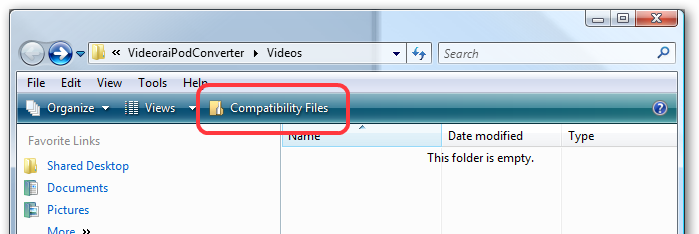
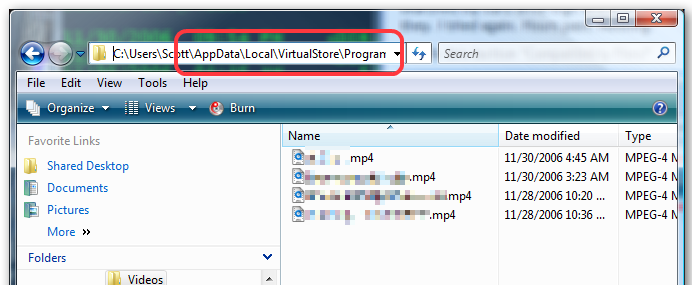
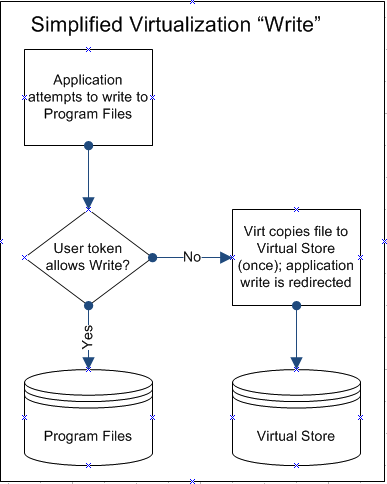 Then I remembered. In Vista the rules are that if you don't have explicit (by requesting) elevated permissions to write to C:\Program Files, the system lets you think you are writing there but actually redirects (virtualizes) your writes elsewhere.
Then I remembered. In Vista the rules are that if you don't have explicit (by requesting) elevated permissions to write to C:\Program Files, the system lets you think you are writing there but actually redirects (virtualizes) your writes elsewhere. 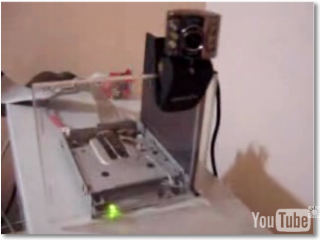 Here's a clever guy to watch,
Here's a clever guy to watch, 